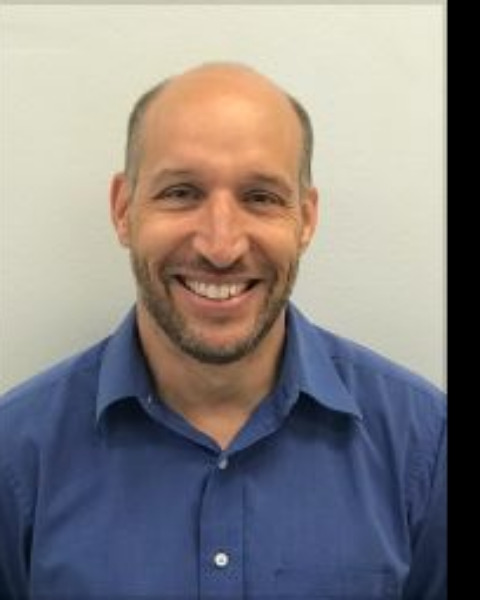Section Symposium
Physiology, Biochemistry, and Toxicology
Plant-Insect Ecosystems
Improving Communication Between Researchers and Stakeholders to Reduce Threats to Pollinators
Presenting pollinator and pesticide research to scientists, regulators, and whoever else wants to hear about it
Tuesday, November 12, 2024
9:28 AM - 9:43 AM MST
Location: Phoenix Convention Center, 226 C

Christian Krupke
Professor
Purdue University
West Lafayette, Indiana
Presenting Author(s)
Pesticides and pollinators are inextricably linked in the current public consciousness; thousands of publications, presentations, videos, factsheets and workshops have been devoted to communicating when, where, and how pesticides may affect pollinators. However, a substantial level of confusion remains among the general public, including questions surrounding whether our most common and ubiquitous insecticides are more environmentally benign and safer than older chemistries, how and why the physical properties of pesticides matter and whether our current levels of pesticide use are necessary to safeguard the food supply. In addition to these broad questions, terminology that the scientific community often takes for granted can seem obscure to the audiences targeted by our extension and outreach messages. For example, one particular area of interest is communicating differences in risk vs. hazard, while clearly defining the limits of our current understanding for common pesticide exposure scenarios. This presentation will focus on a case study of the environmental fate of some of our most widely used insecticides, the neonicotinoids used as seed treatments, and highlight some “hits and misses” in strategies for sharing these data with a wide range of stakeholders, including beekeepers and hobbyists, farm and agri-business representatives, regulatory agencies, and a range of conservation groups.

.png)
